Report: Financial Analysis of Macy's Inc. and Kohl's Corporation
VerifiedAdded on 2023/04/21
|6
|811
|168
Report
AI Summary
This report provides a financial analysis of Macy's Inc., evaluating its performance through various financial ratios. It begins with an introduction to financial statements and their importance, followed by the selection and explanation of key financial ratios, including profitability (net margin, return on equity), solvency (debt-equity ratio, interest times), efficiency (inventory holding days, average receivable days), liquidity (current and quick ratios), and market value ratios (P/E ratio, market to book ratio). The report then presents the calculated ratios for Macy's Inc. and compares them with those of Kohl's Corporation (KSS) to assess their relative financial positions. The analysis highlights Macy's better performance compared to KSS, concluding with investment recommendations based on the financial data and ratio analysis. The report references financial data from Morningstar and includes an appendix with ratio calculations.
1 out of 6
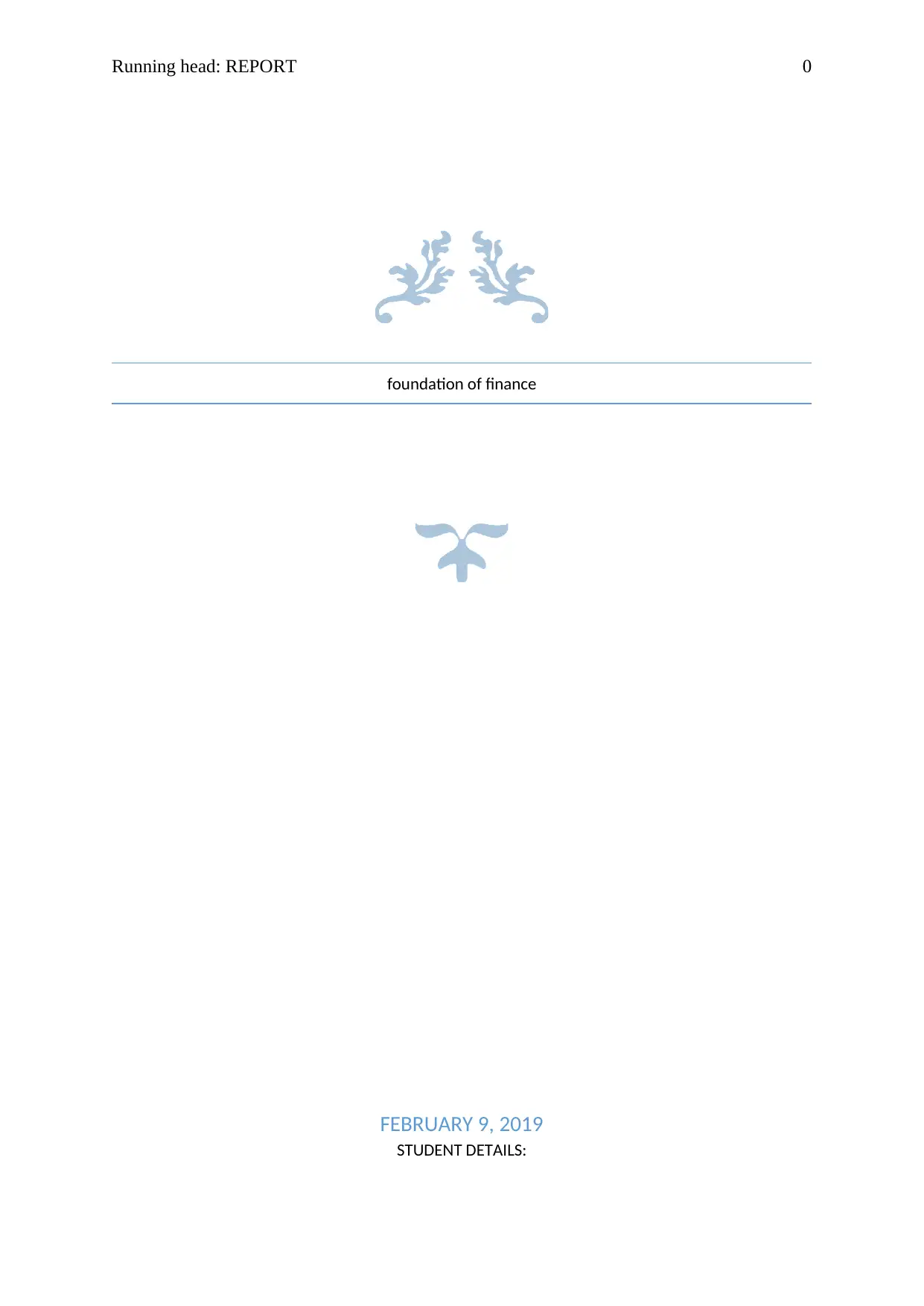
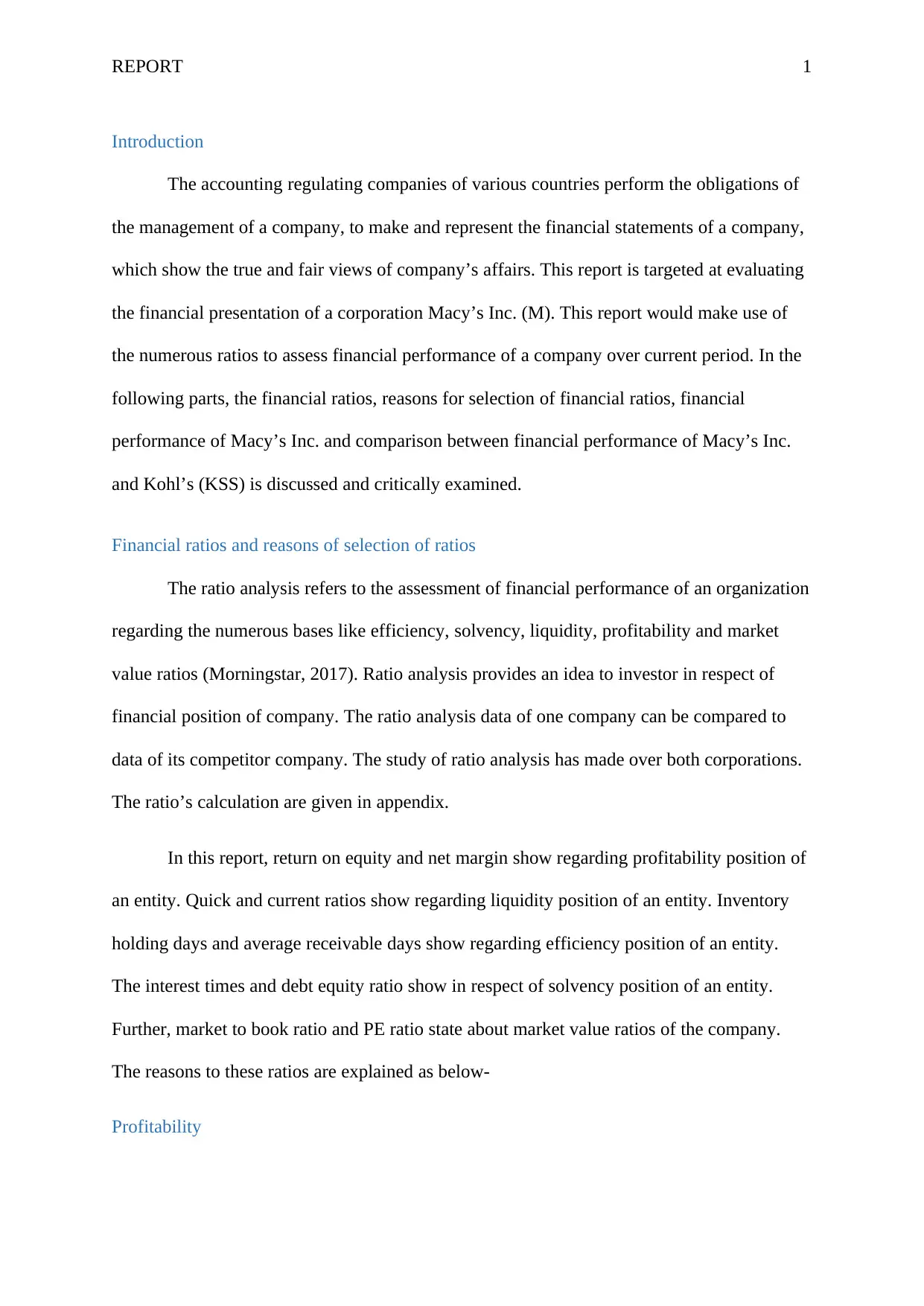
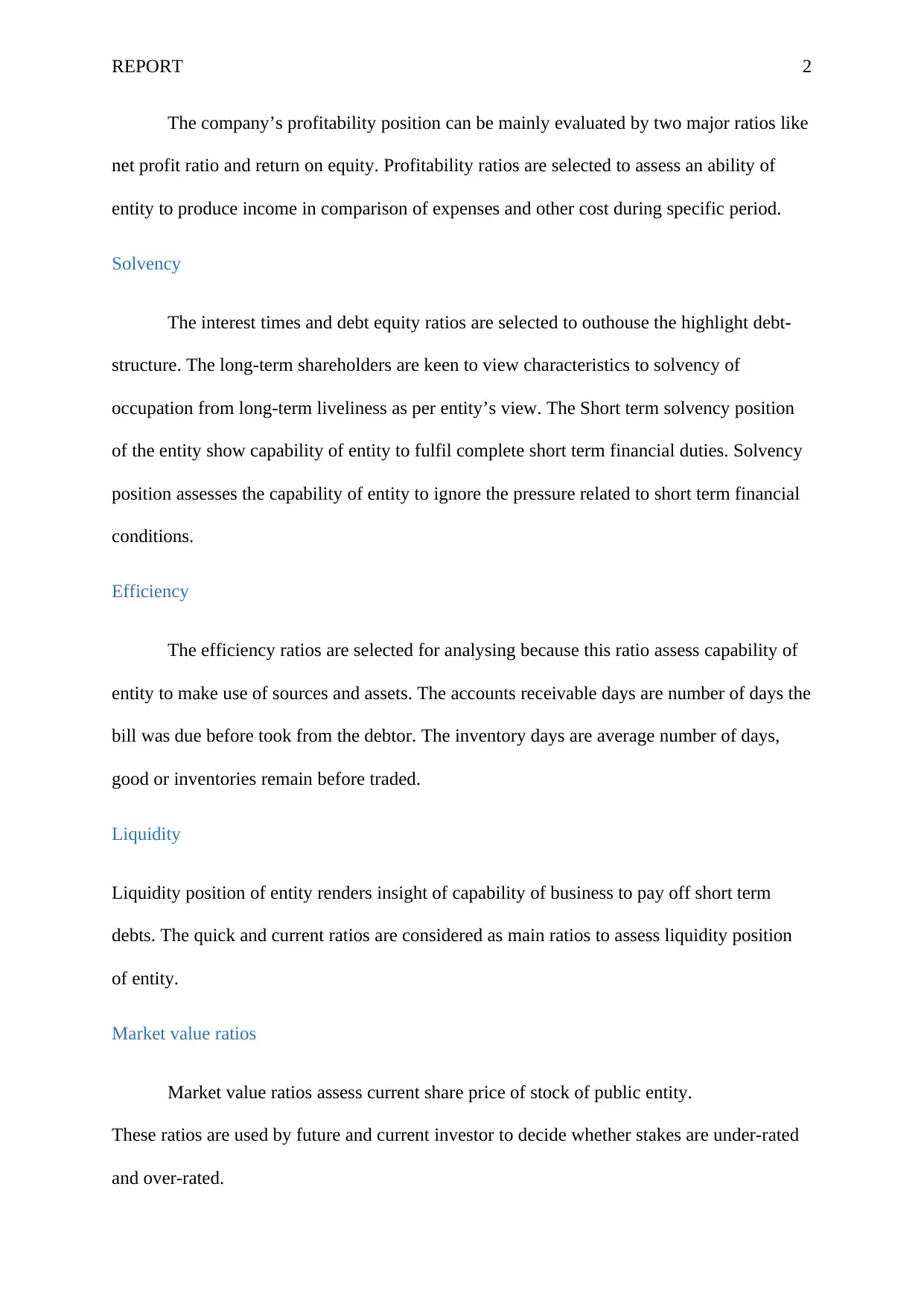

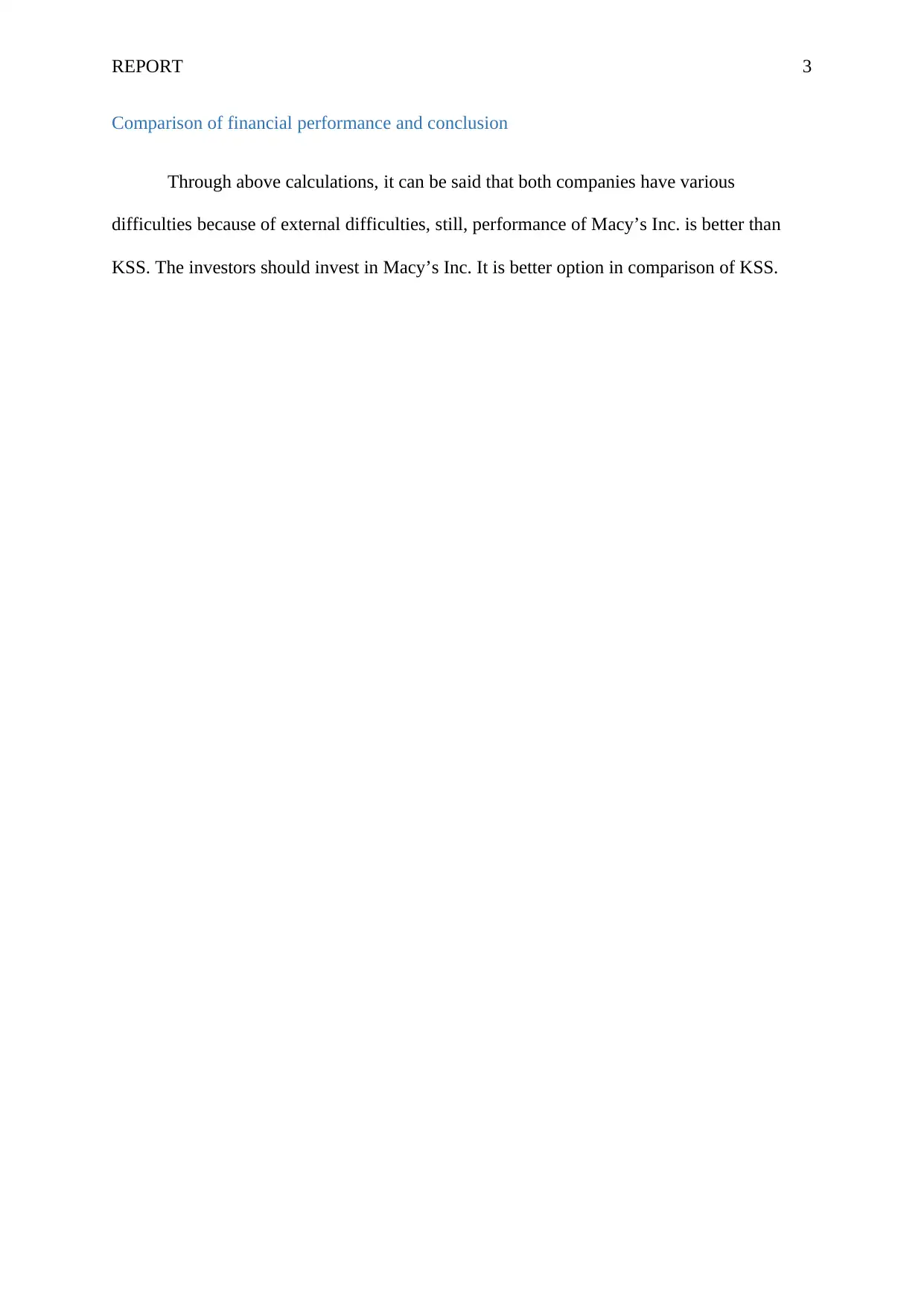
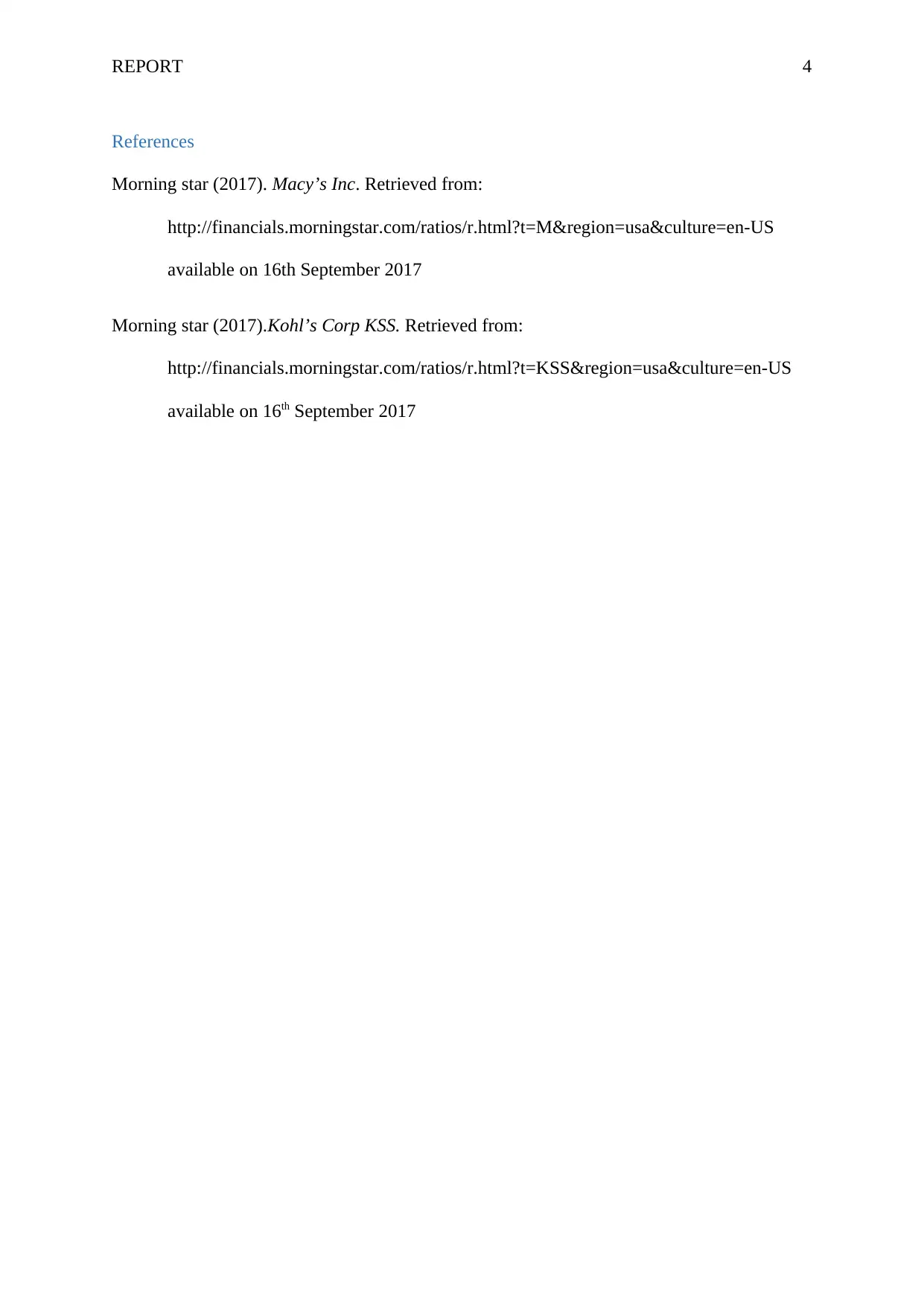
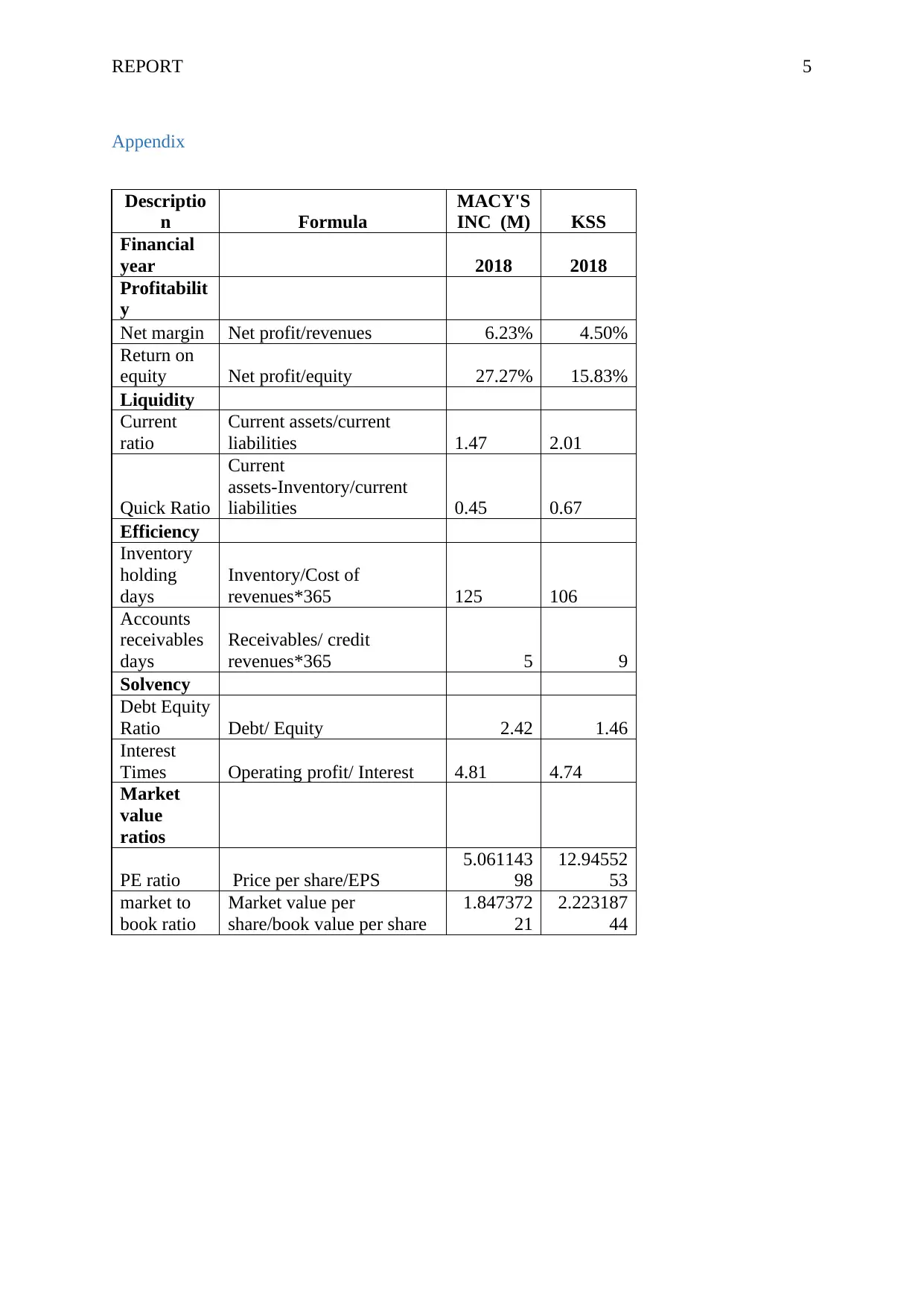






![[object Object]](/_next/static/media/star-bottom.7253800d.svg)